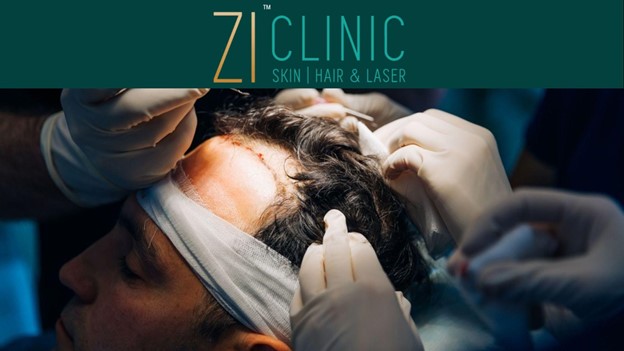Three Things You Should Know About Hair Transplant
When it comes to cosmetic operations, hair transplants have become a ray of hope for a lot of people who are experiencing hair loss. This technique gives people confidence in addition to promising a fresh hairline. In this article, we’ll discuss three important topics regarding hair restoration and transplants that everyone should know before participating.
1. Understanding the Basics of Hair Transplant
Understanding what a hair transplant entails is crucial before delving into the specifics. Hair follicles from one area of your body (referred to as the donor site) are surgically transferred to the balding or thinning areas of your body (referred to as the recipient site) in a hair transplant surgery. Follicular Unit Transplantation (FUT) and Follicular Unit Extraction (FUE) are the two primary methods used in hair transplantation.
- Follicular Unit Transplantation (FUT): Using this method, a strip of skin from the donor area is removed, and individual hair follicles are then transplanted into the areas of the body that are balding.
- On the other hand, Follicular Unit Extraction (FUE) involves the direct removal of individual hair follicles from the skin and their subsequent implantation in areas of skin thinning.
It is essential to understand these techniques since they affect the procedure’s result, recovery period, and potential scarring.56
2. Setting Realistic Expectations
It’s critical to have reasonable expectations for the result. A successful hair transplant can greatly enhance a person’s appearance and sense of self-worth. It’s crucial to realize that individual factors like hair density, scalp laxity, and the type of hair loss affect results, though.
- Growth Timeline: Three to four months after transplant, the transplanted hair will fall out before new growth starts. The full effects may not show up for up to a year.
- Natural Appearance: The goal of cutting-edge hair transplantation treatments is to produce the most natural appearance possible. However, accomplishing this is largely dependent on the surgeon’s training and expertise.
- Maintenance: Although transplanted hair usually lasts a long time, it may still require continuing care and possibly more treatments in the future, particularly if the normal hair loss progression doesn’t stop.
3. Choosing the Right Clinic and Surgeon
The success of your hair transplant largely depends on the expertise of the surgeon and the quality of the clinic. Here are a few tips to help you make an informed decision:
- Certifications and Experience: Ensure the surgeon is board-certified and has ample experience in performing hair transplants. Their track record can give you insight into their expertise.
- Before and After Pictures: Examining prior patients’ before and after photos might provide you with an idea of the surgeon’s capacity to produce outcomes that look natural.
- Consultation: Setting realistic expectations, comprehending the process, and going over any possible risks or consequences can all be accomplished with a full consultation with the surgeon.
- Reviews and Testimonials: Reading reviews and testimonials can provide further information about the clinic’s standing and the degree of satisfaction that previous patients have experienced.
Conclusion:
In conclusion, for those who are experiencing hair loss, a hair transplant can be a life-changing operation. You can guarantee the greatest possible outcome for your hair restoration journey by being aware of the many operation options, establishing reasonable expectations, and carefully selecting your surgeon and clinic. At Ziclinic, we recognize the significance of these elements and work hard to give our patients a complete treatment. With our cutting-edge facilities, skilled surgeons, and dedication to quality, Ziclinic is a reliable choice for anyone looking for hair transplant solutions. Make an appointment with Ziclinic right now to start the process of getting your confidence back.
